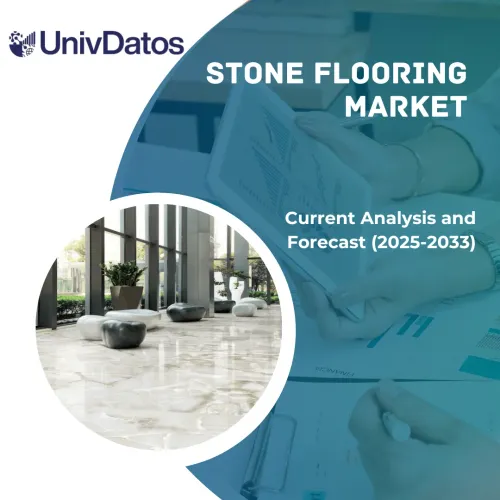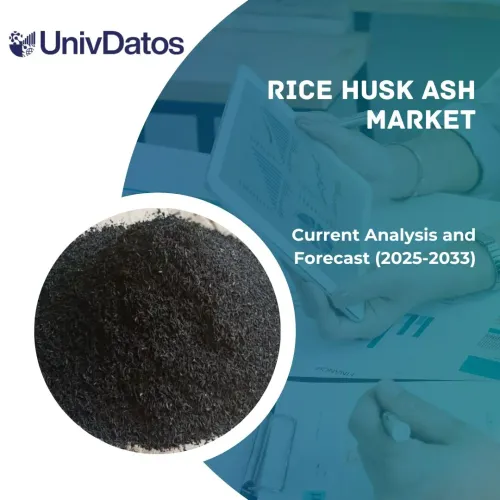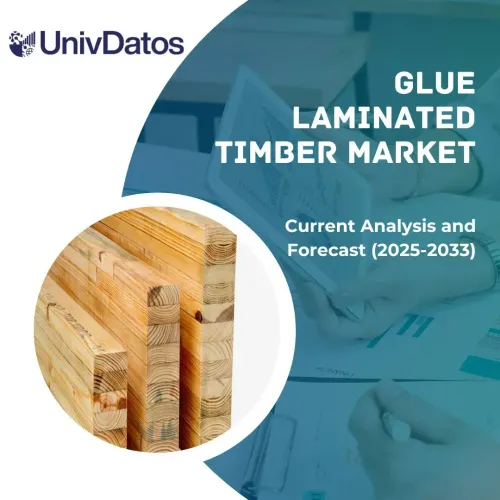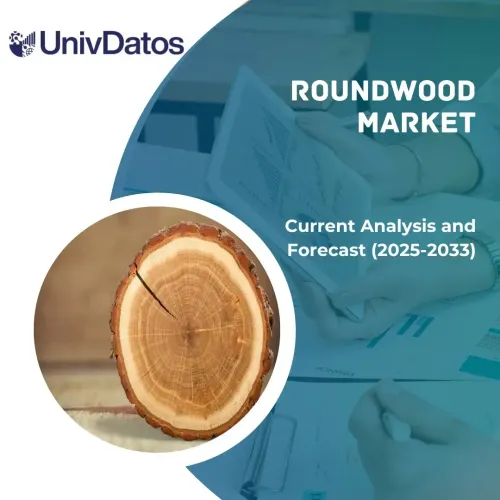- Home
- About Us
- Industry
- Services
- Reading
- Contact Us
Rice Husk Ash Market: Current Analysis and Forecast (2025-2033)
Emphasis on Product Form (Nodule, Powder, and Granule); Silica Content (80-84%, 85-89%, 90-94%, and > 95%); Application (Building & Construction, Steel Industry, Ceramics & Refractories, Rubber, and Others); and Region/Country

Global Rice Husk Ash Market Size & Forecast
The Global Rice Husk Ash Market was valued at USD 2,542.44 million in 2024 and is expected to grow at a CAGR of around 4.69% during the forecast period (2025–2033F), driven by the growing emphasis on sustainability and the rising demand for eco-friendly construction materials are driving the global rice husk ash (RHA) market.
Rice Husk Ash Market Analysis
The increasing interest in sustainable waste management and the quest for environmentally friendly construction materials in the industrial and infrastructure sectors is revitalizing the global market. Rice husk ash (RHA) has become one of the promising pozzolanic materials, which can be used to improve the strength, durability, and sustainability of concrete. Advanced processing applications, such as controlled combustion and precision grinding, are in development and are already implemented in large-scale green buildings. Also contributing to the expansion of the market is the wide adoption of green building standards such as LEED and BREEAM, the incorporation of the circular economy into the agricultural sector, and the push to minimize the carbon footprint by industries. The introduction of high-silica, chemically resistant, and uniformly graded RHA products will help the market become more of a part of the sustainable industrial processes over time.
Global Rice Husk Ash Market Trends
This section discusses the key market trends that are influencing the various segments of the global rice husk ash market, as found by our team of research experts.
Shift Towards Sustainable Building Materials
The trend toward the use of sustainable building materials is transforming the market of rice husk ash (RHA) across the world. This has been accelerated by carbon mandates, circular-economy requirements, and specs based on performance that reward low-clinker, low-embodied-carbon mixes. The easiest solution is to turn towards more adaptive, low-carbon supply chains and mix designs, in which RHA, which is rich in amorphous silica, serves as an augmentative cementitious material to reduce CO2 without removing strength or durability. With codes and green procurement getting tighter, complexities of specifications increase in structural, pavement, and masonry activities, and producers are forced to qualify tighter combustion control, fineness, and loss-on-ignition to achieve consistent outcomes. The use of Environmental Product Declarations and digital material passports also tracks real-time sustainability measures, raising certified RHA blends in bid lists. The large cement, ready-mix, and precast manufacturers are incorporating the RHA in predictive and performance-based formulations to enhance the hit rates of the individual strength, durability, and shrinkage, and reduce variation. The constant QA, mill-lab reaction, and mix recalibration enable the plant to change as the aggregate moisture, clinker variables, and project exposures change-making a proactive risk and carbon management pathway. With construction becoming digitalized and decarbonized, the continued utilization of RHA and other associated bio-pozzolans will become a hallmark feature with new formulations being created and the cementitious supply chains being on a firmer standing throughout the planet.
Rice Husk Ash Industry Segmentation
This section provides an analysis of the key trends in each segment of the global rice husk ash market report, along with forecasts at the global, regional, and country levels for 2025-2033.
The Powder Segment Dominates the Rice Husk Ash Market
Based on product form, the global rice husk ash market is segmented into Nodule, Powder, and Granule. In 2024, the Powder segment is expected to dominate the market and maintain its leadership throughout the forecast period. RHA in the form of powder is gaining popularity due to its high reactivity, excellent pozzolanic characteristics, and ease of incorporation into cement and concrete blends. This type is easily milled to a standard fine size, which enhances its ability to fill gaps and react with calcium hydroxide to increase the ultimate compressive strength and durability of the building materials. Other factors that have led to the growth of the segment include high-performance concrete, the fast-emerging green building industry, and the growing usage of it as a means of transporting pesticides and fertilizer. Moreover, due to the convenience of transportation and storage, the possibility to complement existing industrial batching processes, and the possibility to reach the highest dispersion of the liquid application, this is also shifting manufacturers and construction companies toward the use of the powder form. The pressure to use sustainable and high-performance additives is increasing, and the powdered form of rice husk ash is likely to gain wider application due to its stable quality, usability, and established functionality.
The >95% segment held the Largest Market Share in the Rice Husk Ash Market.
By Silica Content, the global rice husk ash market is segmented into 80-84%, 85-89%, 90-94%, and >95%. In 2024, the >95% segment is expected to dominate the market and maintain its leadership throughout the forecast period. High-purity silica RHA is gaining popularity due to its enhanced chemical reactivity, high pozzolanic activity, and suitability for high-value industrial applications that do not involve construction. The grade is easily employed in manufacturing specialty concrete, high-performance refractories, and in the replacement of silicon metal and silica fume, which is a sustainable approach, making it more in demand and higher in price. The high demands of green high-performance concrete (HPC), the development of sustainable electronics and silicone sectors, and the urgent need to value industrial byproducts also promote the rise of the segment. Moreover, new technologies of controlled combustion and processing, compliance with international standards for materials such as ASTM C618, and the successful operation in severe conditions are also driving specialty producers and major infrastructure projects to high-purity grades. The inclination towards circular economy and high-performance materials is growing, and the silica above 95 percent is growing in its strategic importance because of its versatility, technical perfection, and focus on high-value and sustainable production.
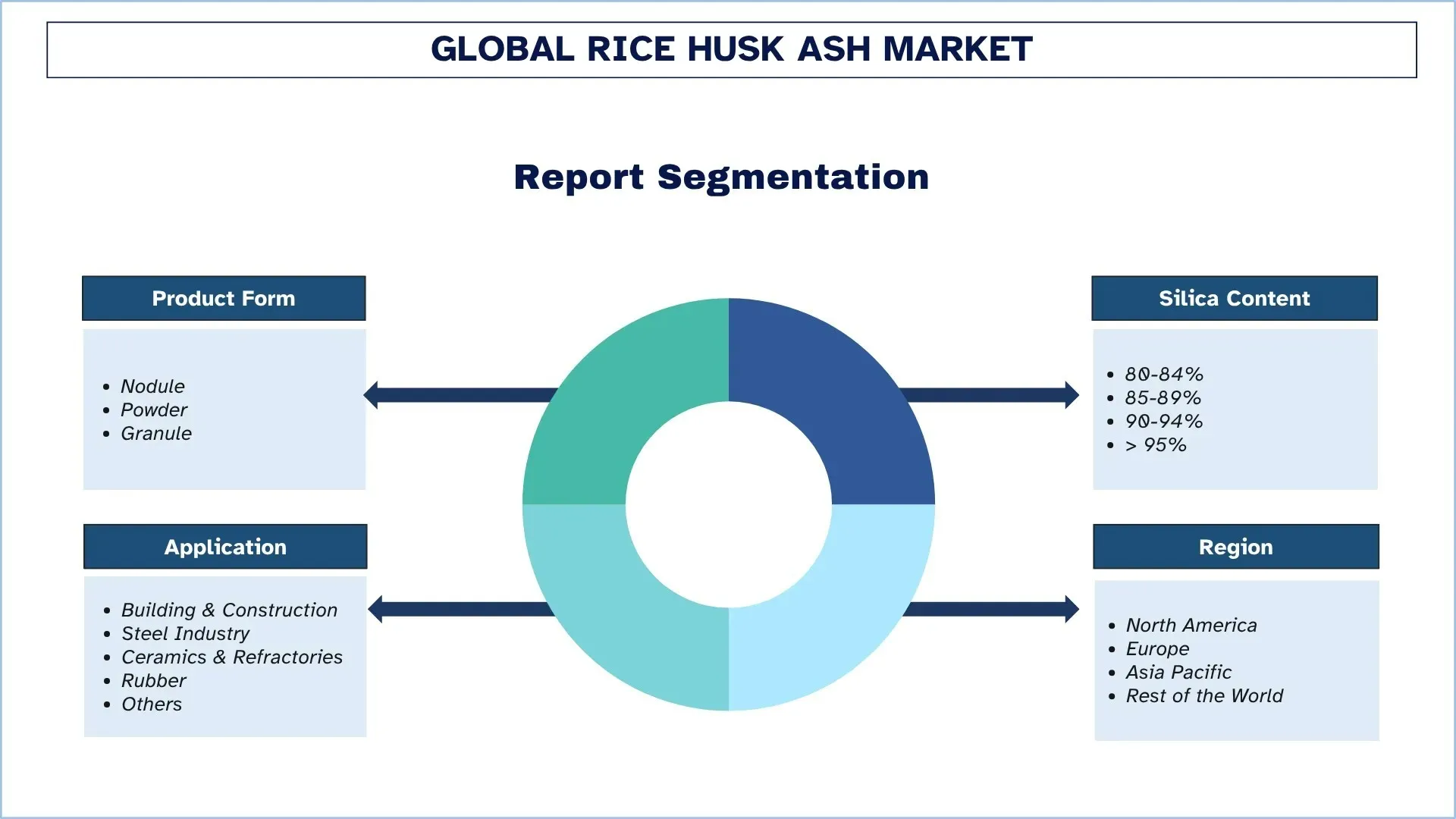
Asia Pacific Dominated the Global Rice Husk Ash Market
Asia Pacific is the current market leader in the global market of rice husk ash and is likely to be the same in the forecast period. The region has a significant advantage in being one of the largest rice-producing countries in the world, with a rich source of raw husk to offer a cheap and sustainable feedstock for the production of RHA. RHA is being actively adopted in countries such as China, India, and Vietnam, due to the accelerated growth in infrastructure, the expansion of the steel and cement sectors, and increased governmental demand to utilize agricultural waste. The availability of favorable regulatory policies that encourage the use of green building materials, combined with national objectives to achieve carbon neutrality, continues to motivate industries to invest in creative economy solutions, such as RHA. In addition, the strength of high-tech processing and the consolidation of controlled combustion technologies is increasing the quality and uniformity of RHA produced in the region, making it applicable to high-value uses. The massive amounts of ongoing construction activity, the growing green awareness, and a long-term orientation towards reducing the industrial carbon footprint all make the Asian Pacific the most significant region in defining the future of the rice husk ash market worldwide.
China held a dominant Share of the Asia Pacific Rice Husk Ash Market in 2024
The China Rice Husk Ash (RHA) market is witnessing a massive growth, propelled by the fact that the country is working towards sustainable building and the use of industrial waste. One of them is the strict government policies that encourage green building materials in mitigating the carbon footprint of the cement and concrete industries. In China, emphasis is strongly underway on producing value-added products out of agricultural waste, which is driving the use of RHA as a high-performance pozzolan. Moreover, the growth of the infrastructure projects and the focus on material circularity are driving the demand in the cement, ceramics, and refractory industries. The national goal of the circular economy and industrial decarbonization is bound to guarantee the further growth of this market.

Rice Husk Ash Industry Competitive Landscape
The global rice husk ash market is competitive, with several global and international market players. The key players are adopting different growth strategies to enhance their market presence, such as partnerships, agreements, collaborations, new product launches, geographical expansions, and mergers and acquisitions.
Top Rice Husk Ash Companies
Some of the major players in the market are KRBL, Guru Corporation, Yihai Kerry, JASORIYA RICE MILL, Astrra Chemicals, JM Biotech P LTD, Global Recycling, Refsteel Solutions, Refratechnik, and S V ISPAT PVT. LTD.
Recent Developments in the Rice Husk Ash Market
In January 2024, Rescon (India) Pvt. Ltd. engaged research institutions and industry partners to come up with innovative RHA-based solutions in sustainable construction and infrastructure projects. They consist of new structural recipes, environmentally friendly construction materials, and soil stabilization technologies that exploit the special characteristics of RHA.
In November 2023, Yihai Kerry Investments Co., Ltd. increased its production capacity of RHA and refined its manufacturing plant to suit the rising demand for quality RHA in the international market. The company's technology and infrastructure investments aim to enhance production efficiency and quality, as well as improve competitiveness in terms of costs.
Global Rice Husk Ash Market Report Coverage
Report Attribute | Details |
Base year | 2024 |
Forecast period | 2025-2033 |
Growth momentum | Accelerate at a CAGR of 4.69% |
Market size 2024 | USD 2,542.44 Million |
Regional analysis | North America, Europe, APAC, Rest of the World |
Major contributing region | Asia Pacific is expected to dominate the market during the forecast period |
Key countries covered | U.S., Canada, Germany, U.K., Spain, Italy, France, China, Japan, and India |
Companies profiled | KRBL, Guru Corporation, Yihai Kerry, JASORIYA RICE MILL, Astrra Chemicals, JM Biotech P LTD, Global Recycling, Refsteel Solutions, Refratechnik, and S V ISPAT PVT. LTD. |
Report Scope | Market Trends, Drivers, and Restraints; Revenue Estimation and Forecast; Segmentation Analysis; Demand and Supply Side Analysis; Competitive Landscape; Company Profiling |
Segments Covered | By Product Form; By Silica Content; By Application, and By Region/Country |
Reasons to Buy Rice Husk Ash Market Report:
The study includes market sizing and forecasting analysis confirmed by authenticated key industry experts.
The report briefly reviews overall industry performance at a glance.
The report covers an in-depth analysis of prominent industry peers, primarily focusing on key business financials, type portfolios, expansion strategies, and recent developments.
Detailed examination of drivers, restraints, key trends, and opportunities prevailing in the industry.
The study comprehensively covers the market across different segments.
Deep dive regional-level analysis of the industry.
Customization Options:
The global rice husk ash market can further be customized as per the requirements or any other market segment. Besides this, UnivDatos understands that you may have your own business needs; hence, feel free to contact us to get a report that completely suits your requirements.
Table of Content
Research Methodology for the Global Rice Husk Ash Market Analysis (2023-2033)
We analyzed the historical market, estimated the current market, and forecasted the future market of the global rice husk ash market to assess its application in major regions worldwide. We conducted exhaustive secondary research to gather historical market data and estimate the current market size. To validate these insights, we carefully reviewed numerous findings and assumptions. Additionally, we conducted in-depth primary interviews with industry experts across the rice husk ash value chain. After validating market figures through these interviews, we used both top-down and bottom-up approaches to forecast the overall market size. We then employed market breakdown and data triangulation methods to estimate and analyze the market size of industry segments and sub-segments.
Market Engineering
We employed the data triangulation technique to finalize the overall market estimation and derive precise statistical numbers for each segment and sub-segment of the global rice husk ash market. We split the data into several segments and sub-segments by analyzing various parameters and trends, including product form, silica content, application, and regions within the global rice husk ash market.
The Main Objective of the Global Rice Husk Ash Market Study
The study identifies current and future trends in the global rice husk ash market, providing strategic insights for investors. It highlights regional market attractiveness, enabling industry participants to tap into untapped markets and gain a first-mover advantage. Other quantitative goals of the studies include:
Market Size Analysis: Assess the current market size and forecast the market size of the global rice husk ash market and its segments in terms of value (USD).
Rice Husk Ash Market Segmentation: Segments in the study include areas of product form, silica content, application, and regions.
Regulatory Framework & Value Chain Analysis: Examine the regulatory framework, value chain, customer behavior, and competitive landscape of the rice husk ash industry.
Regional Analysis: Conduct a detailed regional analysis for key areas such as Asia Pacific, Europe, North America, and the Rest of the World.
Company Profiles & Growth Strategies: Company profiles of the rice husk ash market and the growth strategies adopted by the market players to sustain the fast-growing market.
Frequently Asked Questions FAQs
Q1: What is the global rice husk ash current market size and its growth potential?
The global rice husk ash market was valued at USD 2,542.44 million in 2024 and is expected to grow at a CAGR of 4.69% during the forecast period (2025-2033).
Q2: Which segment has the largest share of the global rice husk ash market by product form?
The powder segment is expected to dominate the market and maintain its leadership throughout the forecast period. RHA in the form of powder is gaining popularity due to its high reactivity, excellent pozzolanic characteristics, and ease of incorporation into cement and concrete blends.
Q3: What are the driving factors for the growth of the global rice husk ash market?
• Increasing Demand in the Construction Industry: Rising infrastructure and green building projects drive rice husk ash demand, as it enhances concrete strength, durability, and sustainability while reducing cement usage and carbon emissions.
• Environmental Benefits of Rice Husk Ash: RHA supports waste reduction and carbon mitigation by transforming rice milling byproducts into valuable materials, lowering landfill waste, and replacing energy-intensive traditional cement components.
• Growing Use in Agriculture (Soil Amendment): Rich in silica and minerals, RHA improves soil aeration, water retention, and nutrient balance, enhancing crop yield and promoting sustainable, organic farming practices worldwide.
Q4: What are the emerging technologies and trends in the global rice husk ash market?
• Shift Towards Sustainable Building Materials: The growing focus on sustainability in construction is driving the adoption of rice husk ash (RHA) as a green alternative to traditional cement. With its high silica content and low carbon footprint, RHA supports eco-friendly building practices, aligning with green certification standards like LEED and promoting circular economy principles.
• Increased Use in the Rubber Industry: RHA is increasingly being used as a reinforcing filler in the rubber industry due to its high silica composition. It enhances the mechanical strength, wear resistance, and durability of rubber products while offering a sustainable, cost-effective substitute for conventional fillers like carbon black.
Q5: What are the key challenges in the global rice husk ash market?
• Lack of Standardization in Quality: The absence of uniform standards for rice husk ash (RHA) production and composition leads to inconsistencies in silica content and reactivity, affecting performance in concrete and industrial applications. This variability hinders large-scale acceptance by manufacturers seeking predictable material properties.
• Limited Awareness and Adoption in Developing Regions: In many developing regions, knowledge about the benefits and applications of RHA remains low. Limited technical expertise, inadequate infrastructure, and a lack of policy support restrict its adoption in construction and other industrial sectors.
Q6: Which region dominates the global rice husk ash market?
Asia Pacific is currently leading the rice husk ash (RHA) market and is expected to maintain its dominance throughout the forecast period. The region benefits from its large agricultural base, abundant rice production, and easy availability of raw materials for ash generation. Rapid urbanization, expanding infrastructure projects, and government initiatives promoting green and sustainable construction are driving the adoption of RHA. Additionally, countries like India, China, and Vietnam are investing in eco-friendly materials and circular economy practices, further supporting regional market growth.
Q7: Who are the key players in the global rice husk ash market?
Some of the key companies include:
• KRBL
• Guru Corporation
• Yihai Kerry
• JASORIYA RICE MILL
• Astrra Chemicals
• JM Biotech P LTD
• Global Recycling
• Refsteel Solutions
• Refratechnik
• S V ISPAT PVT. LTD.
Q8: How is the circular economy concept contributing to the growth of the rice husk ash market globally?
• Waste Valorization: Conversion of rice milling byproducts into valuable industrial materials reduces waste and environmental impact.
• Resource Efficiency: Promotes the reuse of agricultural residues, minimizing reliance on traditional raw materials like clinker.
• Sustainability Alignment: Supports global initiatives for low-carbon manufacturing and green construction practices.
Q9: What role does government policy play in shaping the global rice husk ash market?
• Green Building Regulations: Incentivizing the use of eco-friendly materials like RHA in infrastructure projects.
• Waste Management Policies: Encouraging utilization of agro-waste for industrial purposes.
• Research Support: Funding innovation and standardization efforts to improve RHA quality and adoption
Related Reports
Customers who bought this item also bought

